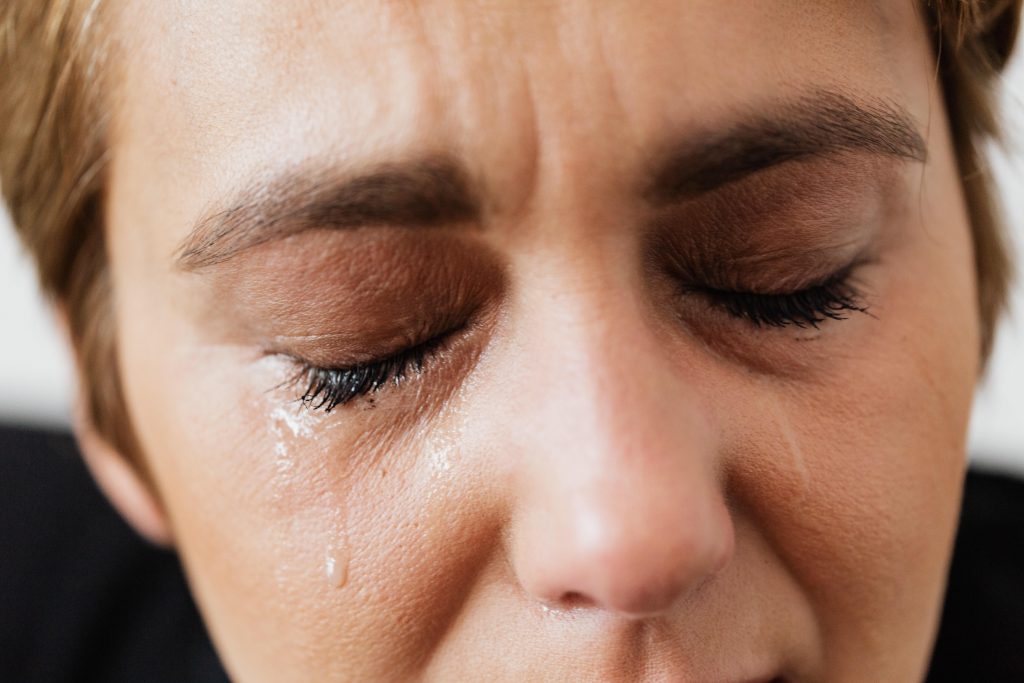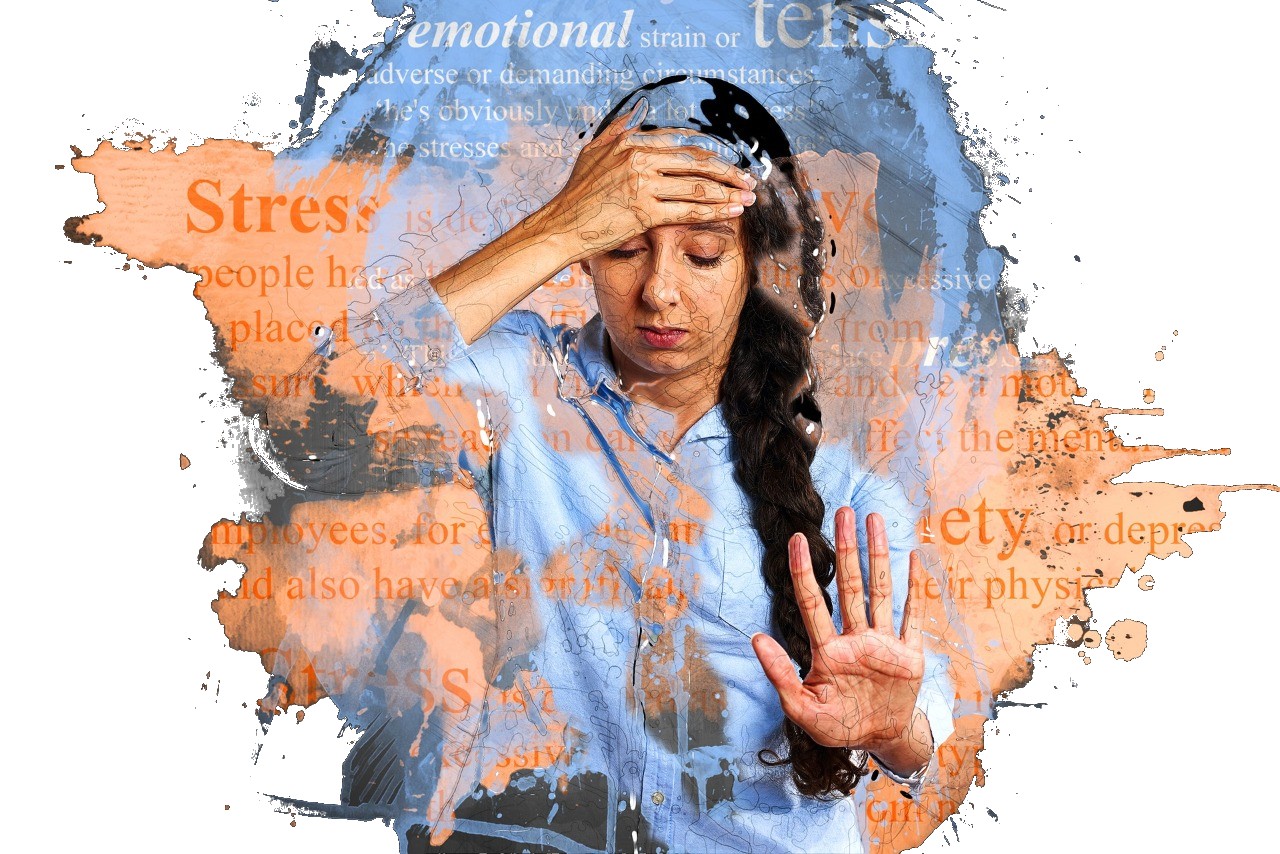Women and Mental Health
Gender is a very important determinant of mental health and mental illness. Patterns of psychiatric disorder among women are different from men. Internalizing disorders are common in women, while in men, externalizing disorders are common. Women and men differ in the way they communicate, deal in relationships, express their feelings, and react to stress. Women predominate the rates of common mental disorders. Differences between genders have been reported in the age of onset of symptoms, clinical features, frequency of psychotic symptoms, course, social adjustment, and long-term outcome of severe mental disorders.
According to the WHO report–
- Depressive disorders account for close to 41.9% of the disability from neuropsychiatric disorders among women, compared to 29.3% among men
- Leading mental health problems of the elderly are depression, organic brain syndromes, and dementias. A majority are women
- An estimated 80% of the 50 million people affected by violent conflicts, civil wars, disasters, and displacement are women and children
- The lifetime prevalence rate of violence against women ranges from 16% to 50%
- At least one in five women suffers rape or attempted rape in their lifetime.
Common Mental Health Disorders (CMD) in Women
Depression, anxiety, and somatic complaints are predominant in women.
- Anxiety disorders: Females have greater severity of symptoms, comorbid depression, and a complicated course.
- Depression – more persistent in women, more likely to present with atypical depression.


Schizophrenia and bipolar disorders
less prevalent than CMD. Clinical features of bipolar disorder differ in women, who have more frequent episodes of depression, “rapid cycling”, and a seasonal pattern of mood disturbances. In schizophrenia, a later age of onset is associated with a better course and outcome, but rehabilitation is difficult.
Suicide:- Studies of suicide and deliberate self-harm have revealed a common trend of more female attempters and more male completers of suicide. Common causes for suicide in India are disturbed interpersonal relationships, followed by psychiatric disorders and physical illnesses.
Violence and Abuse:- common forms of violence against Indian women include domestic violence, dowry death or harassment, mental and physical abuse, Sexual coercion, sexual trafficking, and public humiliation. The reproductive roles of women, such as their expected role of bearing children, the consequences of infertility, and the failure to produce a male child, have been linked to wife-battering and female suicide.
Common mental health problems experienced by abused women – depression, anxiety, posttraumatic stress, insomnia, and somatic complaints. Battered women are much more likely to attempt suicide. There is an association between violence and depressive disorder and attempted suicide.
Reproductive health:-
- Menstrual cycle – The symptoms, such as irritability, restlessness, anxiety, tension, headache, sadness, dysphoria, and lack of concentration, occur more during the premenstrual and menstrual phase. premenstrual dysphoric disorder – distressing emotional and behavioral symptoms are seen.
- Pregnancy and Postpartum– risk factors include gender-based factors such as the bias against female babies; role restrictions regarding housework and infant care; and excessive unpaid workloads, especially in multi-generational households in which a daughter-in-law has little autonomy, and gender-based violence. Postpartum blues is the most common and least severe postpartum illness affecting between 50% and 80% of new mothers. Postpartum depression constitutes a major depressive episode with an onset within 6 weeks postpartum in a majority of cases. The postpartum period carries potential for exacerbation of psychiatric symptoms in women with preexisting mental illness.
- menopause- changes in social and psychological circumstances. menopause is accompanied by depression and other mental disturbances.
Substance Abuse
Women attribute their substance use to a traumatic event or a stressor, and women who abuse alcohol or drugs are more likely to have been sexually or physically abused. Significantly more major depression and anxiety disorders are found in females with alcohol abuse.
To improve the mental health of women, the focus needs to be shifted from individual and “lifestyle” risk factors to the recognition of the broader, social, economic, and legal factors that affect women’s lives. It is essential to recognize how the sociocultural, economic, legal, infrastructural, and environmental factors that affect women’s mental health are configured in the given community setting. Education, training, and interventions targeting the social and physical environment are crucial for addressing women’s mental health. Interventions at various levels, aiming at both individual women and women as a large section of society, are essential.


Leave a Reply